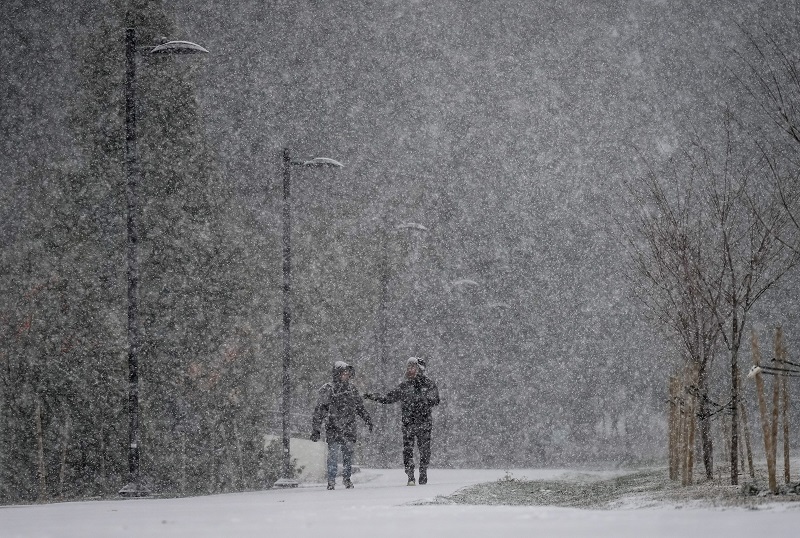South B.C. highway passes see more snow, Avalanche Canada urges caution as storm hits

VANCOUVER — The first day of spring is exactly one week away, but extreme winter conditions still persist on British Columbia’s southern and southeastern mountain passes as snowfall warnings are posted for most routes.
Environment Canada says anywhere from 15 to 25 centimetres is expected at higher elevations of the passes north and east of Hope by Tuesday morning.
Up to 15 centimetres of snow is forecast along the Sea-to-Sky Highway between Squamish and Whistler, but the weather office says conditions there should ease by later in the day.
The warnings come as Avalanche Canada raises the risk to high over much of the south coast and southern Interior.
It says all the new snow, combined with strong winds and warmer temperatures, will create “very dangerous” avalanche conditions, with large, naturally triggered slides likely.
The high danger ratings come just days after Avalanche Canada released more details about the deaths of three German tourists in an avalanche near Invermere, B.C., on March 1, saying two of the victims died on the hill and another died in hospital after a group of 10 heli-skiers triggered the powerful slide.
The report says the entire group was swept into the sparse, forested area beside the larger avalanche path, critically injuring the guide and two other survivors and leaving a fourth person with less serious injuries.
Twelve people have died in six separate avalanches around southern B.C. since January, and Avalanche Canada continues to warn people to make “conservative, low-consequence choices” if they head into the backcountry at all.
Heavy snow falls as pedestrians walk through Central Park in Burnaby, B.C., on Tuesday, November 29, 2022. Snowfall, winter storm and arctic outflow warnings are in effect for most of British Columbia as a powerful storm packing frigid winds move through the province. THE CANADIAN PRESS/Darryl Dyck







